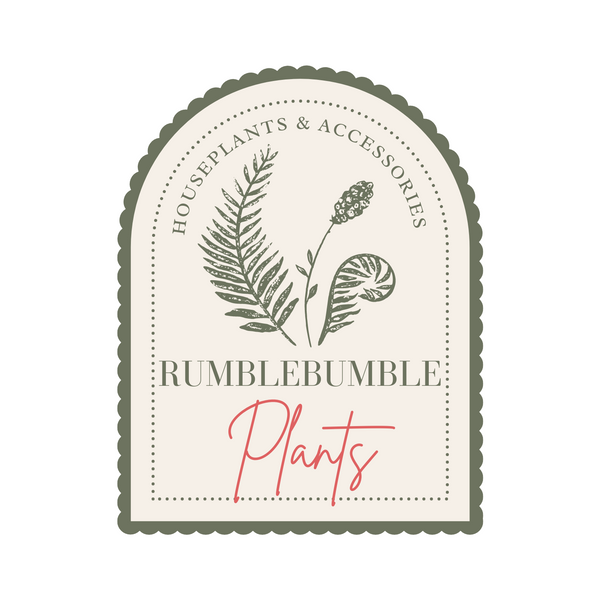Spider Plant Hawaiian
Spider Plant Hawaiian
Couldn't load pickup availability
-
Appearance: The Hawaiian Spider Plant features a central yellow stripe on its leaves, bordered by green on both sides. This is different from the more common variegated Spider Plant, which has white or cream-colored stripes on the outer edges of its leaves.
-
Size: Similar to other Spider Plant varieties, the Hawaiian cultivar typically reaches a size of about 12 inches in height and can spread out up to 24 inches or more, especially when the plant produces its distinctive "spiderettes" or baby plants.
-
Light Requirements: Spider Plants, including the Hawaiian variety, prefer bright, indirect light. They can tolerate some direct sunlight, but too much can cause the leaves to scorch. They can also adapt to lower light conditions but may produce fewer spiderettes.
-
Watering: They prefer to dry out slightly between waterings. Overwatering can cause root rot, a common issue with Spider Plants.
-
Soil: A well-draining potting mix is ideal. Ensure the container has good drainage to avoid soggy conditions.
-
Temperature and Humidity: They prefer moderate temperatures and can tolerate a wide range, but it's best to keep them between 65°F to 75°F (18°C to 24°C). Spider Plants also enjoy humidity, so if your home is particularly dry, consider placing the plant on a humidity tray or occasionally misting the plant.
-
Toxicity: Spider Plants are non-toxic to humans but can be mildly hallucinogenic to cats, so it's a good idea to keep them out of reach if your feline friend is particularly curious or prone to nibbling on plants.
-
Propagation: One of the charming features of Spider Plants is the "spiderettes" or baby plants they produce. These can be snipped off and placed in water to root or directly potted in soil for propagation.
-
Air-Purifying Qualities: Spider Plants are often lauded for their air-purifying properties. They are known to remove pollutants like formaldehyde and xylene from the air.
-
Care Tips: If the tips of the leaves start to brown, it could be due to fluoride in tap water, low humidity, or infrequent watering. If you suspect it's the water, consider using distilled water or collected rainwater.
Share


